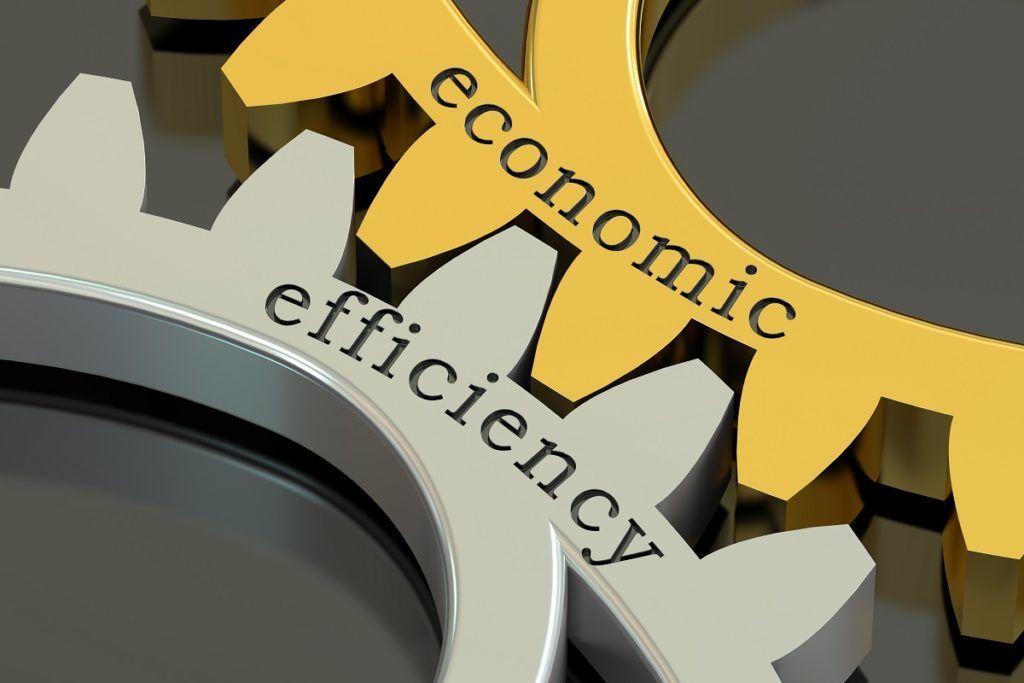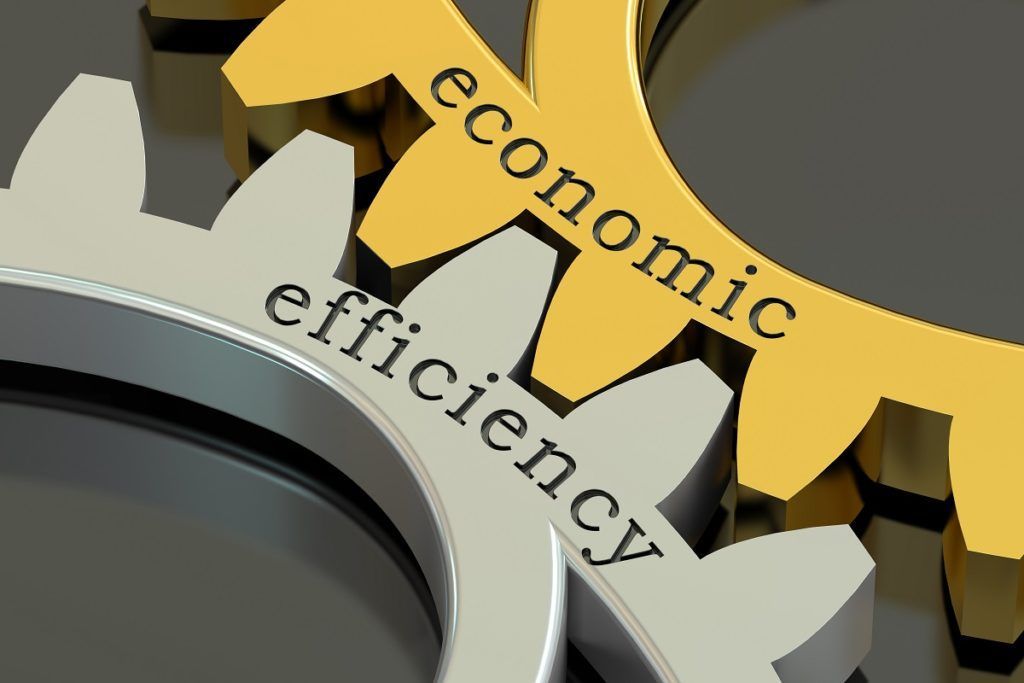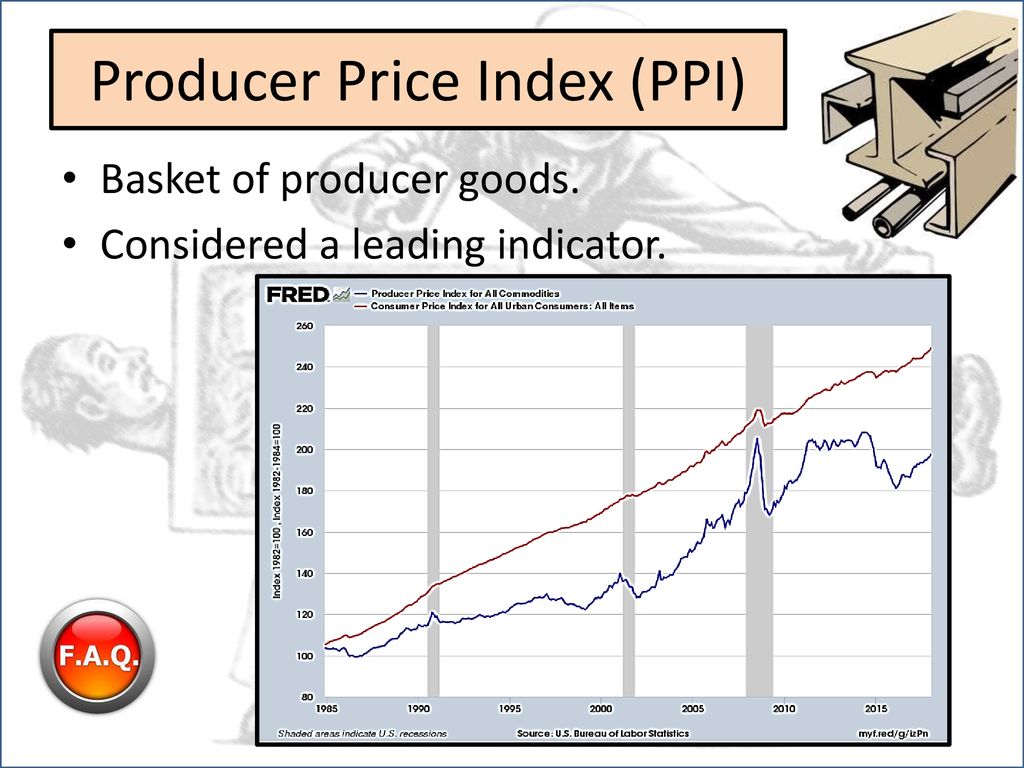
Economic Efficiency: Pareto Optimality and Beyond – Understanding How Economies Thrive
In a world of limited resources, making the most of what we have isn’t just a good idea – it’s an economic imperative. This concept is at the heart of economic efficiency. Far from being a dry, academic term, economic efficiency impacts everything from the price of your groceries to the quality of public services.
This comprehensive guide will break down the crucial concept of economic efficiency, starting with the foundational idea of Pareto Optimality and then exploring other vital forms of efficiency that shape our economic landscape. We’ll use simple language, real-world examples, and clear structures to make these powerful economic ideas accessible to everyone.
What is Economic Efficiency? The Big Picture
Imagine you have a limited amount of ingredients in your kitchen: flour, sugar, eggs, and butter. Economic efficiency is about using those ingredients in a way that maximizes the deliciousness you can create, whether it’s a batch of cookies, a cake, or a combination of both, without wasting anything.
In economics, efficiency refers to how well resources are used to produce goods and services and how those goods and services are distributed within an economy. It’s about getting the most "bang for your buck" out of all available resources – labor, capital, land, and raw materials.
Why is this so important? Because resources are scarce. There’s only so much land, so many workers, and so much capital. Efficiency helps us:
- Maximize Output: Produce more goods and services with the same amount of resources.
- Reduce Waste: Avoid unnecessary costs and unused potential.
- Improve Living Standards: More goods and services mean a higher quality of life for people.
- Promote Sustainable Growth: Use resources wisely for current and future generations.
Economic efficiency isn’t just one thing; it’s a multifaceted concept that encompasses several types. We’ll explore the most important ones, starting with the cornerstone: Pareto Optimality.
Pareto Optimality: The Gold Standard (and Its Nuances)
The concept of Pareto Optimality (sometimes called Pareto Efficiency) is named after Vilfredo Pareto, an Italian economist who introduced it in the early 20th century. It’s often considered the foundational definition of economic efficiency.
Simply put, an economic situation is Pareto Optimal if it’s impossible to make any one person better off without making at least one other person worse off.
Let’s break that down with an example:
Imagine a pizza with 8 slices shared between two friends, Alice and Bob.
- Scenario 1: Inefficient. Alice has 2 slices, and Bob has 2 slices. There are 4 slices left on the table.
- Can we make someone better off without making someone worse off? Yes! We can give Alice 2 more slices, and she’s better off, while Bob is no worse off. We can also give Bob 2 more slices, and he’s better off, with Alice no worse off. This is not Pareto Optimal.
- Scenario 2: Pareto Optimal. Alice has 8 slices, and Bob has 0 slices.
- Can we make Bob better off? Yes, by giving him a slice. But where would that slice come from? From Alice! So, Alice would be worse off. This situation is Pareto Optimal.
- Scenario 3: Pareto Optimal. Alice has 4 slices, and Bob has 4 slices.
- Can we make Alice better off? Yes, by giving her a slice. But that slice would have to come from Bob, making him worse off. So, this situation is also Pareto Optimal.
Key Characteristics and Implications of Pareto Optimality:
- It’s about "No Obvious Improvements": Pareto Optimality means we’ve squeezed out all the "easy" gains. There are no more free lunches where someone benefits without anyone else losing.
- Many Pareto Optimal Points Exist: As seen in the pizza example, both (Alice 8, Bob 0) and (Alice 4, Bob 4) are Pareto Optimal. This highlights a critical point:
- Pareto Optimality Does NOT Guarantee Fairness or Equity: A situation where one person has everything and everyone else has nothing can be Pareto Optimal, even though it’s clearly unfair. This is a major limitation.
- It’s a Benchmark: While not perfect, Pareto Optimality serves as a theoretical ideal. Economists often use it to evaluate whether a market or policy has reached a state where resources are allocated as efficiently as possible, given the initial distribution of wealth.
Beyond Pareto: Other Faces of Efficiency
While Pareto Optimality is fundamental, it doesn’t capture all aspects of what we mean by "efficient" in a complex economy. Here are other crucial types of efficiency:
1. Kaldor-Hicks Efficiency (Potential Pareto Improvement)
Kaldor-Hicks efficiency is a less strict, but often more practical, criterion for evaluating economic changes.
- Definition: A change is Kaldor-Hicks efficient if the gainers from the change could theoretically compensate the losers and still be better off. The compensation doesn’t actually have to happen, just be possible.
- Why it matters: This concept allows for policy decisions that create overall benefits for society, even if some individuals are negatively impacted. It acknowledges that sometimes, progress requires trade-offs.
- Example: Building a new highway.
- Gainers: Commuters save time, businesses along the highway benefit, construction workers get jobs.
- Losers: Homeowners whose houses are demolished, environmental groups concerned about habitat loss.
- Kaldor-Hicks Efficient if: The total benefits (e.g., increased economic activity, time savings) are large enough that the gainers could afford to pay off the losers (e.g., compensate homeowners, fund environmental restoration) and still have a net positive benefit.
2. Productive Efficiency
This type of efficiency focuses on the production process itself.
- Definition: Producing goods and services at the lowest possible cost, using the fewest possible resources, without wasting any inputs. It’s about doing things right.
- How it’s achieved: By utilizing the best available technology, efficient management, skilled labor, and optimal scale of production.
- Example: A car manufacturer.
- Productively efficient: Uses robots for precision welding, has a highly organized assembly line, sources raw materials at competitive prices, and trains its workers to minimize errors. This allows them to produce cars at a lower cost per unit than less efficient competitors.
- Not productively efficient: Has outdated machinery, a disorganized factory floor, high waste of materials, and frequent production delays.
3. Allocative Efficiency
While productive efficiency is about how things are made, allocative efficiency is about what things are made.
- Definition: Producing the particular mix of goods and services that are most desired by society. It means resources are allocated to their highest-valued uses, reflecting consumer preferences.
- How it’s achieved: When the price of a good reflects its marginal cost of production, and consumers are willing to pay that price. This signals that society values that good enough to justify its production cost.
- Example: Society’s demand for smartphones vs. landline phones.
- Allocatively efficient: Resources (labor, capital, materials) shift from producing landline phones (low demand) to producing smartphones (high demand), reflecting what consumers truly want.
- Not allocatively efficient: If a significant portion of resources were still tied up producing landline phones despite dwindling demand, while there’s a huge unmet demand for smartphones.
4. Dynamic Efficiency
This type of efficiency looks at the long-term health and adaptability of an economy.
- Definition: The ability of an economy to encourage innovation, technological progress, and investment over time, leading to long-term growth and improved living standards. It’s about getting better over time.
- How it’s achieved: Through research and development (R&D), entrepreneurship, competition, and policies that foster a climate for innovation.
- Example: The tech industry.
- Dynamically efficient: Companies constantly investing in R&D, developing new software, hardware, and services, which leads to new industries, jobs, and improved products for consumers.
- Not dynamically efficient: An economy with very little investment in new technologies, stifled by regulations, or lacking competition, leading to stagnation.
5. X-Efficiency
This concept, introduced by Harvey Leibenstein, focuses on efficiency within a firm or organization.
- Definition: The degree to which a firm operates as efficiently as it could given its resources and technology. It’s about minimizing waste and maximizing output internally, often related to management and motivation.
- How it’s achieved: Good management, motivated employees, clear objectives, effective organizational structures, and avoiding complacency.
- Example: Two identical factories producing widgets.
- X-efficient factory: Has highly motivated workers, strong management, low absenteeism, and a culture of continuous improvement, leading to higher output per worker.
- X-inefficient factory: Suffers from poor management, unmotivated workers, high rates of defects, and internal conflicts, leading to lower output and higher costs, even with the same technology.
Achieving Economic Efficiency: The Role of Markets and Government
How do economies strive for these different types of efficiency? It’s a complex interplay between the forces of the market and the guiding hand of government.
The Invisible Hand of Markets
In many ways, free markets, driven by competition and price signals, are powerful engines for efficiency.
- Price Signals: Prices act as messengers. If a good is in high demand, its price rises, signaling producers to allocate more resources to it (driving allocative efficiency). If production costs are high, the price rises, incentivizing firms to find cheaper ways to produce (driving productive efficiency).
- Competition: The pressure to compete forces firms to lower costs, innovate, and respond to consumer demand. This naturally pushes companies towards productive, allocative, and X-efficiency.
- Incentives: The profit motive encourages businesses to operate efficiently, as lower costs and higher value products lead to greater profits.
When Markets Fail: The Need for Intervention
While markets are excellent at driving efficiency in many areas, they aren’t perfect. Sometimes, they fail to achieve optimal outcomes, creating a need for government intervention. These situations are known as market failures:
- Externalities: These are costs or benefits imposed on a third party who is not directly involved in the transaction.
- Negative Externalities (e.g., pollution): A factory pollutes a river, imposing a cost on downstream communities (health issues, lost recreation). The market price of the factory’s goods doesn’t reflect this societal cost, leading to overproduction.
- Positive Externalities (e.g., education, vaccination): An educated populace benefits society beyond the individual (innovation, lower crime). Vaccinations protect the whole community. The market might under-provide these goods because individuals don’t capture all the benefits.
- Government Role: Taxes on polluters, subsidies for education/vaccinations, regulations.
- Public Goods: Goods that are both non-rivalrous (one person’s use doesn’t diminish another’s) and non-excludable (it’s hard to prevent anyone from using them, even if they don’t pay).
- Examples: National defense, streetlights, clean air.
- Market Failure: Private firms have little incentive to provide public goods because they can’t charge everyone who benefits ("free-rider problem").
- Government Role: Provide public goods directly, funded by taxes.
- Information Asymmetry: When one party in a transaction has more or better information than the other.
- Examples: A seller knowing a used car has a hidden defect, an insurance company knowing less about a client’s health than the client does.
- Market Failure: Can lead to poor decision-making, mistrust, and markets failing to form or operate effectively.
- Government Role: Regulations (e.g., disclosure laws, consumer protection), licensing requirements.
- Monopoly Power: When a single firm or a small group of firms dominates a market.
- Market Failure: Monopolies can restrict output, charge higher prices, and have less incentive to innovate or be productively efficient because they face no competition. This leads to allocative inefficiency.
- Government Role: Antitrust laws (preventing monopolies), regulation of natural monopolies (e.g., utilities), promoting competition.
Challenges and Trade-offs: The Real World
Achieving economic efficiency is not a simple task. It involves constant balancing acts and difficult choices.
- Efficiency vs. Equity (Fairness): This is perhaps the biggest and most persistent trade-off in economics.
- A highly efficient economy might lead to significant income and wealth inequality (e.g., Pareto Optimal where one person has everything).
- Policies aimed at greater equity (e.g., progressive taxation, welfare programs) might reduce incentives for production and innovation, potentially reducing overall efficiency.
- Societies constantly grapple with where to draw the line between maximizing the size of the economic pie and ensuring that everyone gets a fair slice.
- Measuring Efficiency: It’s often difficult to precisely measure different types of efficiency in the real world. How do you quantify societal well-being or the exact value of an externality?
- Dynamic vs. Static Efficiency: Sometimes, what is efficient in the short run (static efficiency) might hinder long-term growth and innovation (dynamic efficiency). For example, strict regulations might ensure current safety but stifle future technological breakthroughs.
- Political Considerations: Economic decisions are often influenced by political pressures, lobbying groups, and public opinion, which may not always align with purely efficient outcomes.
Conclusion: The Continuous Pursuit of a Better Economy
Economic efficiency, from the precise definition of Pareto Optimality to the broader concepts of productive, allocative, and dynamic efficiency, is a cornerstone of economic analysis. It helps us understand how resources are used, where improvements can be made, and why certain policies might be necessary.
While achieving perfect efficiency is an elusive goal, the continuous pursuit of it drives innovation, reduces waste, and ultimately contributes to a higher standard of living for all. Understanding these concepts empowers us to better analyze economic policies, comprehend market dynamics, and engage in informed discussions about how to build a more prosperous and sustainable future. It’s a testament to humanity’s ongoing effort to make the most of what we have.
Ready to learn more about economics? Explore our other articles on market forces, government policies, and global economic trends!




Post Comment